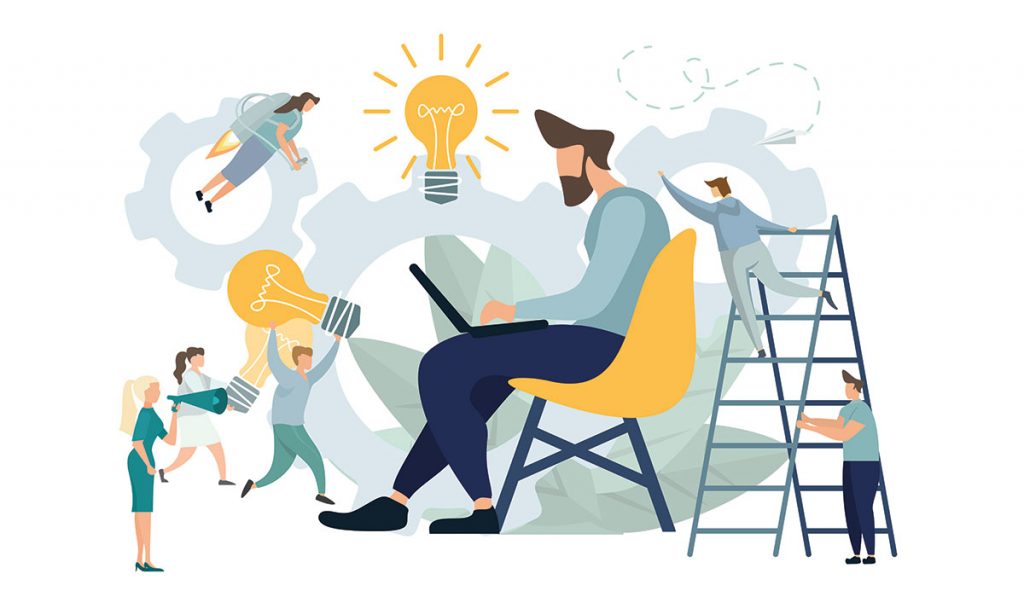
The ongoing pandemic has created a wave of change of epic proportions that has led to the great employment “reset” that the country, and the world, is now experiencing. Workers across various business sectors and age and ethnic groups are rethinking where and when they want to work, or if they want to stay in the workforce at all. Many employees are experiencing a radical re-assessment of their lives and their careers.
According to the U.S. Chamber of Commerce’s June 2021 Poll: The COVID-19 Unemployed, “Half (49%) of Americans who became unemployed during the pandemic say they are not actively or not very actively looking for work; less than a third (32%) reporting that they are strongly active in their job search.” Trends are also showing that many employees do not feel compelled to stay in their current jobs.
As we envision a community where every child, family and individual is healthy, has a safe place to live and has every opportunity to succeed in school, in life and in work, the community needs effective organizations that make a difference. Here are three strategies to help reimagine Human Resources in the new era of work:
Commit to higher levels of transparency. Before a worker will commit to an employer, many employees are demanding more transparency around a company’s commitment to diversity, equity and inclusion. Now more than ever, corporate social responsibility needs to be at the forefront of retention and recruiting efforts, and how employees are treated is central to achieving that goal.
For example, the Return on Action Report 2021 conducted by Atlassian and PricewaterhouseCoopers highlighted that, for millennials, a company that speaks out on issues important to them is more attractive as a future employer, and 85% say, “A business should take specific actions across the issue types (equality, health and well-being, environmental, economic, human rights/legal).”
Continue flexible work schedules. In the spring of 2020, millions of office workers began logging in remotely and have yet to return to the office. Many companies have adjusted workdays to suit the needs of employees dispersed across time zones and workers that may also be burdened with childcare responsibilities. This remote model can provide greater access to the workplace, opening recruitment for untapped talent.
Continued flexibility, in the form of remote work, not only minimizes the ongoing risk of COVID-19 in the workplace but also provides employees with the choice of how to structure their workday and their personal time, which allows time for familial obligations and time for giving back to their community through volunteering. This empowers employees to meet their needs and meet company goals at the same time. In a survey of Valley of the Sun United Way employees, conducted by Cushman & Wakefield, 73% of staff feel they have better work-life balance thanks to a hybrid office/remote solution. In addition, staff are given opportunities to give back and connect beyond the requirements of the job, including a Culture Committee, DEAI committee and volunteering for VELLO online tutoring.
Create advancement and upskilling opportunities. The deep financial divide between the higher wage “knowledge workers” and lower wages earned by on-site essential service employees has become painfully more prominent. According to Time Magazine’s The Future of Work, “During the pandemic, nearly half of all employees with advanced degrees were working remotely, while more than 90% of those with a high school diploma or less had to show up in person.” In addition to the wage disparity, low-paid workers are facing higher levels of exposure to COVID-19.
There is evidence that some new hires are seeking out companies that are giving raises along with pathways to better careers. Upskilling and career mobility might prove to be the value proposition that matters most. As Time Magazine reported, in May, one of Valley of the Sun United Way’s Corporate Partners, Waste Management, “Held a recruiting drive and attracted 1,200 potential employees. The company made 420 offers, and 70% of those new hires have started working for the company. More than half of applicants mentioned free college tuition offers as an incentive.”
Learn How to Ride the Great Resignation Wave
Organizations large and small across the country are reporting that employee turnover rates are already reaching record highs this year. The Society of Human Resources Management’s “How to Ride the Great Resignation Wave” offers information about how leadership teams and Human Resources professionals can prepare for the changes ahead.
We have the opportunity to reinvent the way we work for the better. There is both a moral and business incentive to creating an accessible and supportive environment for current and future employees. A more inclusive workplace and diverse workforce will build upon itself. Therefore, the more an organization invests in this effort, the more return it will see.
Tanya Muñiz is chief financial and administrative officer for Valley of the Sun United Way, overseeing all fiscal and fiduciary responsibilities, human resources, legal, facilities, IT and data analytics, as well as the economic and infrastructure plan to support MC2026 and achieve its bold community goals.
Laura Kaiser is chief corporate relations and brand officer for Valley of the Sun United Way directing corporate relations, fundraising, marketing and volunteerism teams, as well as the MC2026 Cabinet of community and corporate volunteers who are critical in engaging local companies in new ways to help advance their social responsibility objectives and achieve the MC2026 goals for the community.
Did You Know: Valley of the Sun United Way and Maricopa County Community College District recently created an Education Concierge Partnership that provides United Way employees access to a dedicated advising team to assist them with admissions, tuition benefits, financial aid navigation and personalized success coaching as they attend any of the 10 Maricopa community colleges.





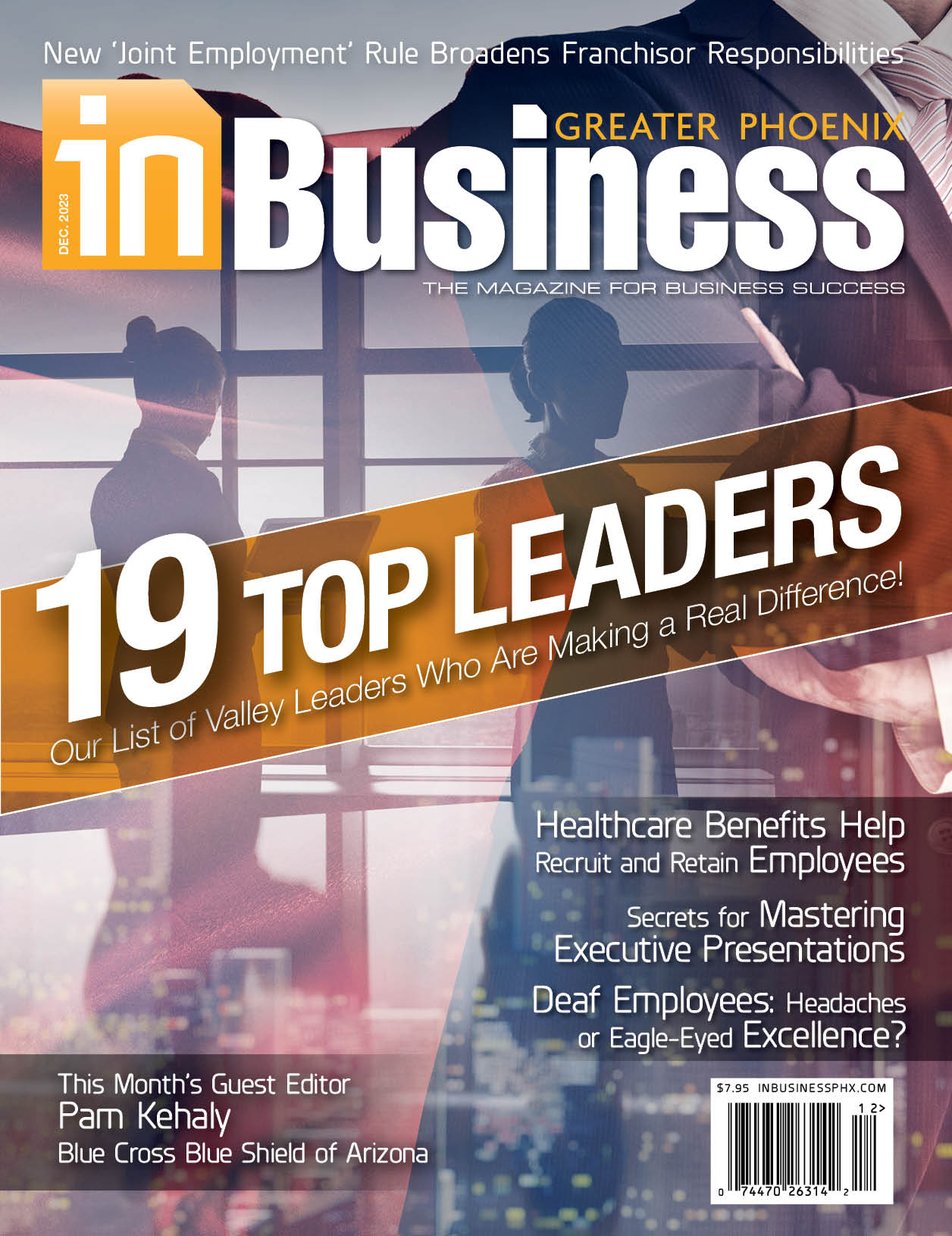
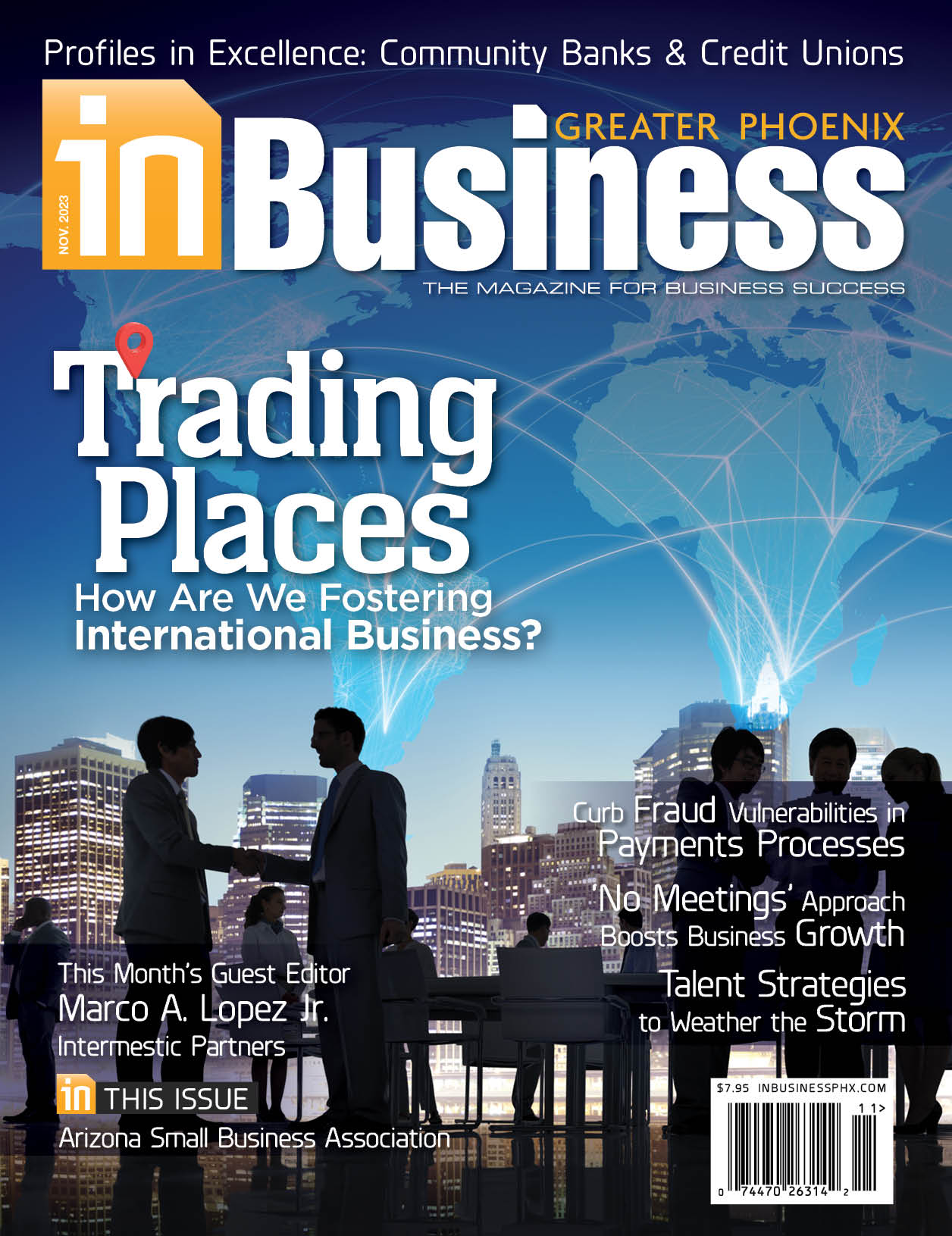


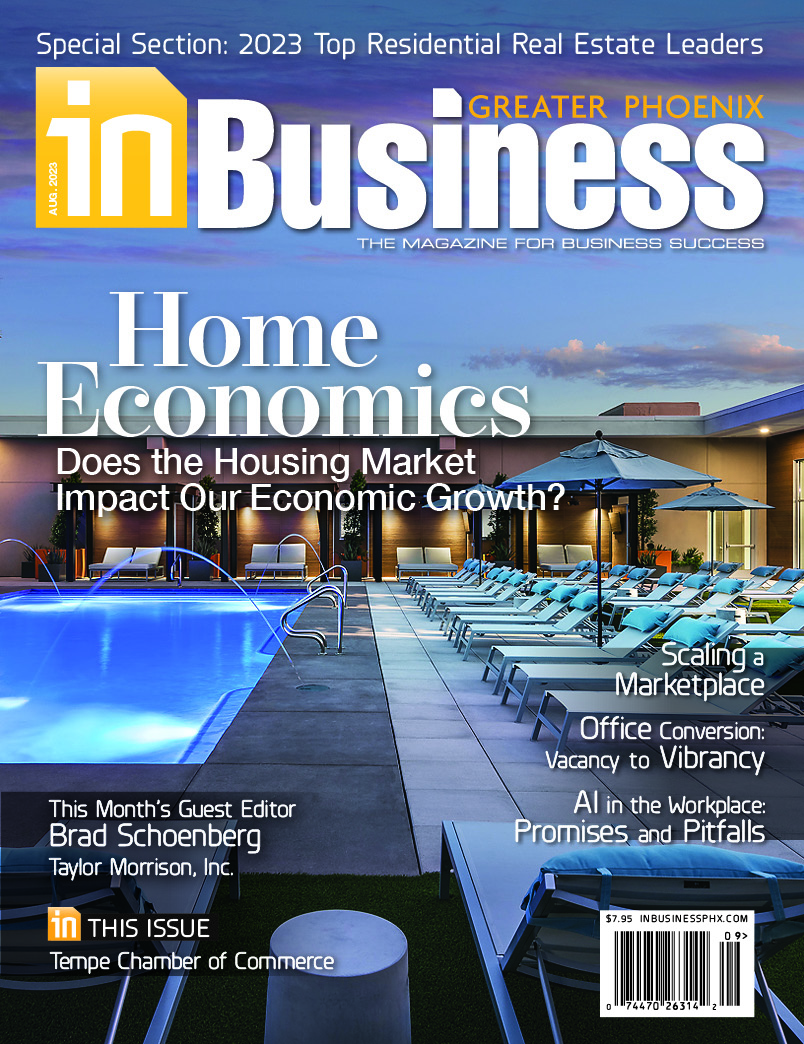
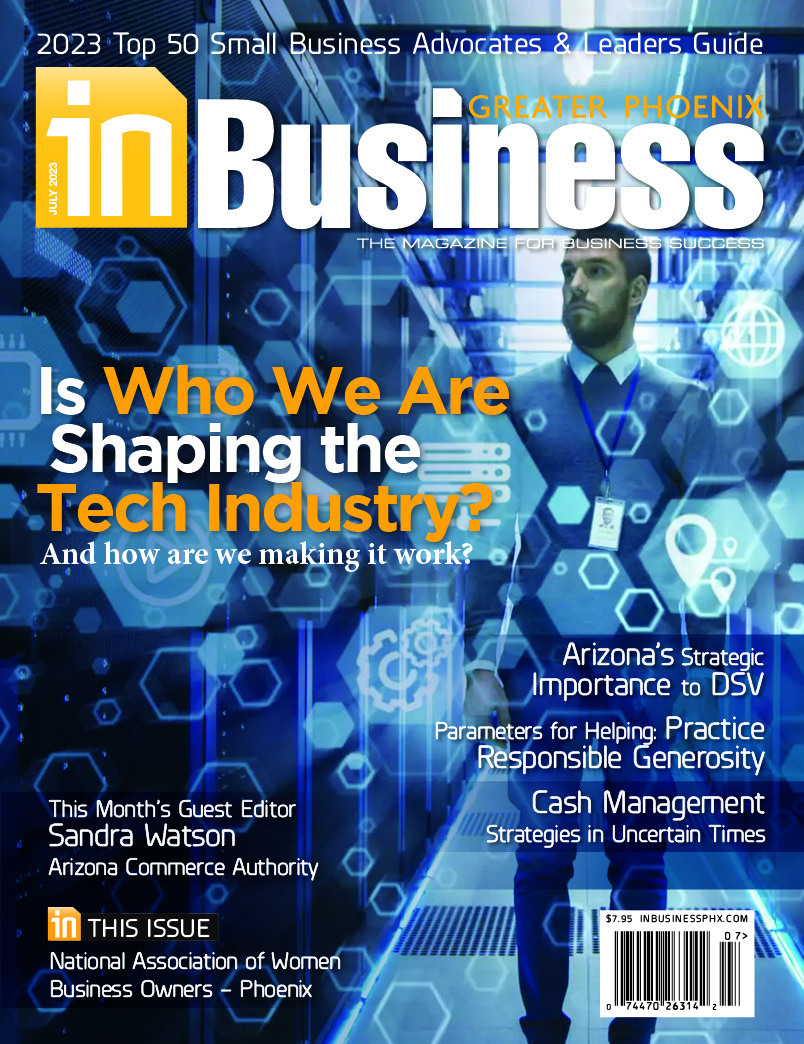
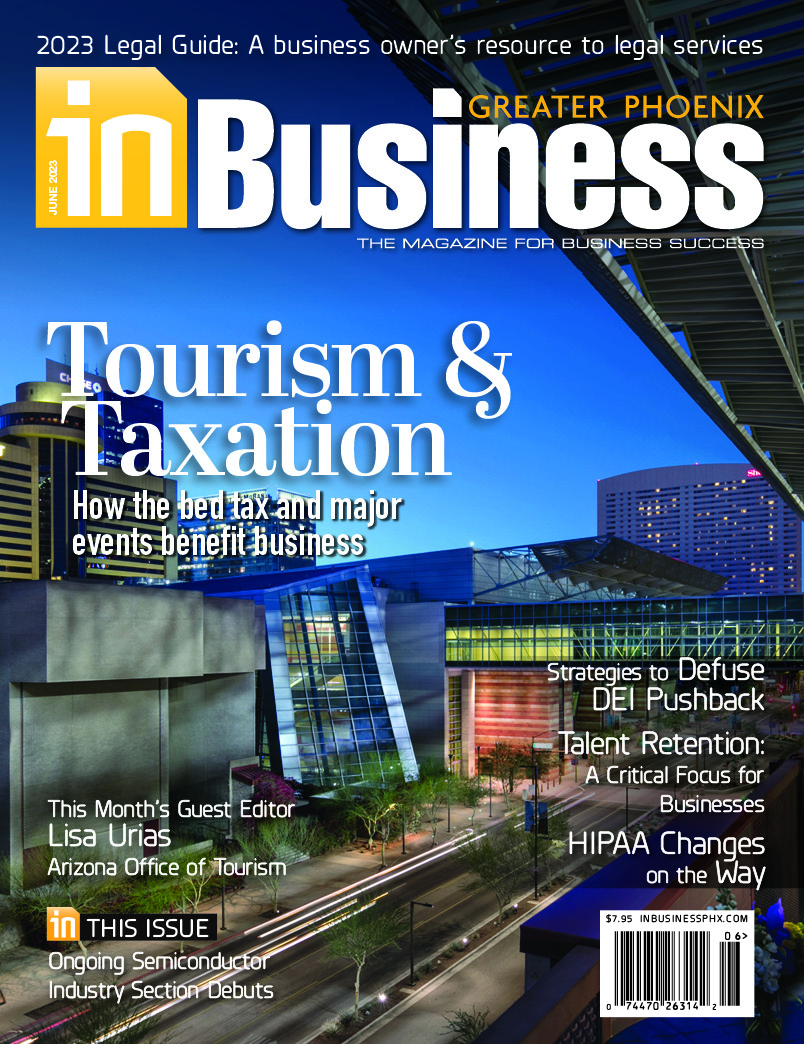
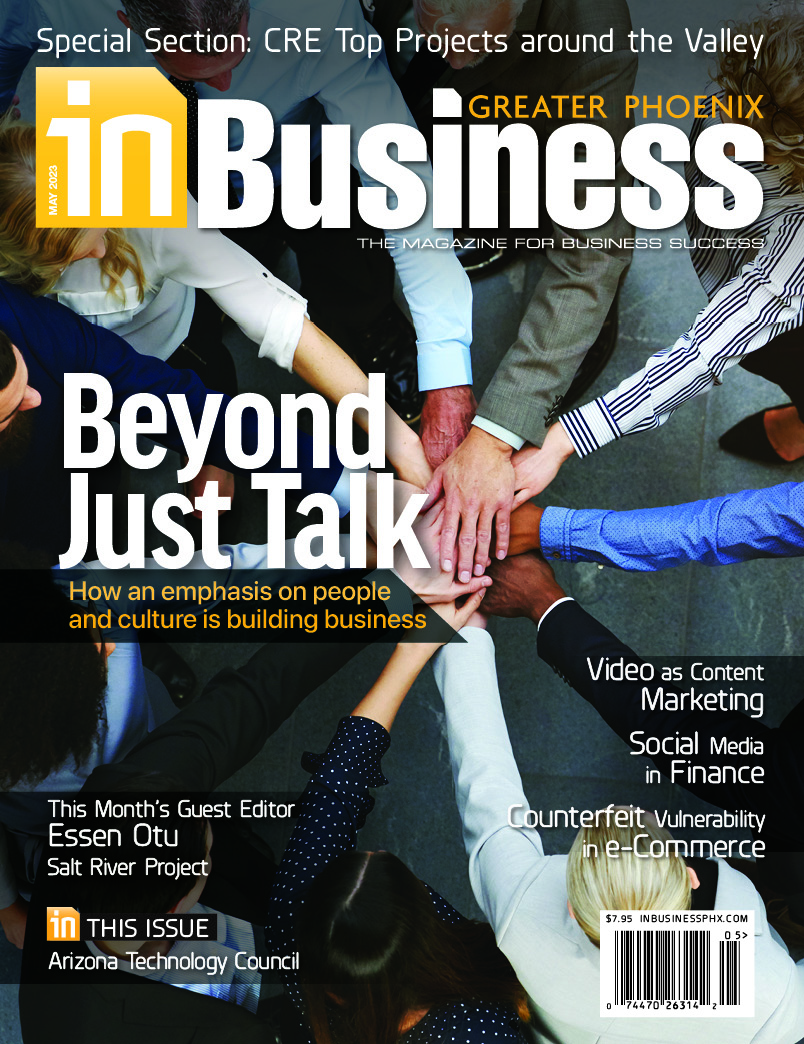
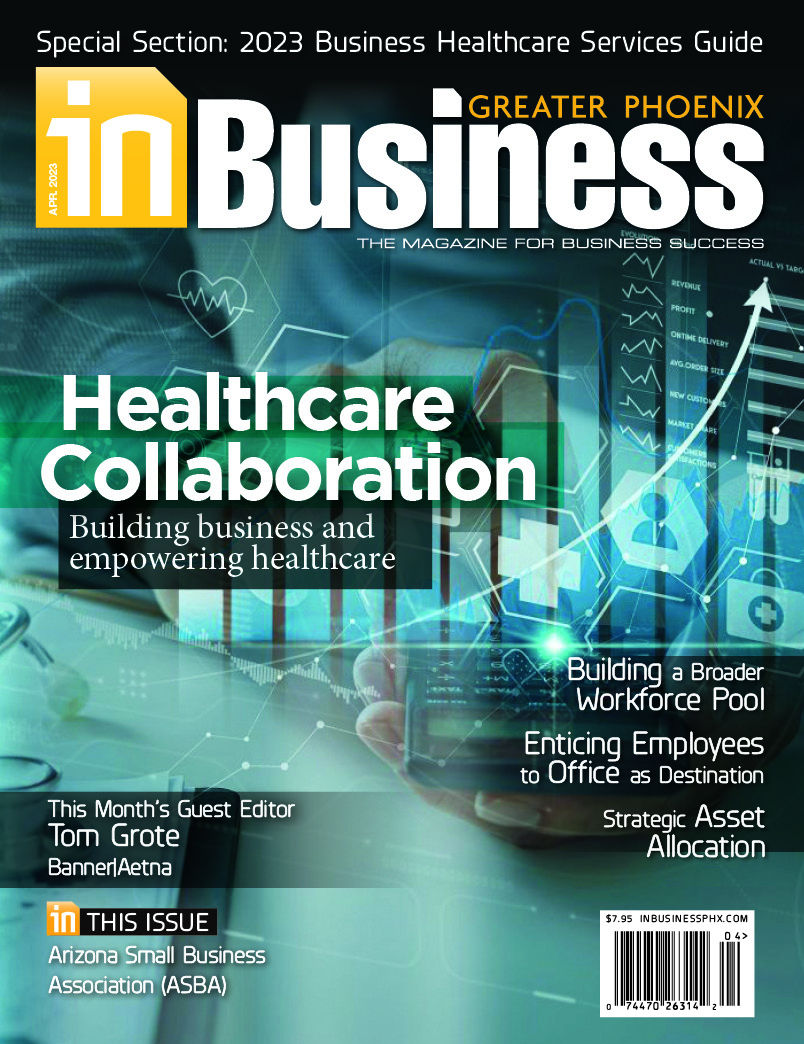
Speak Your Mind
You must be logged in to post a comment.